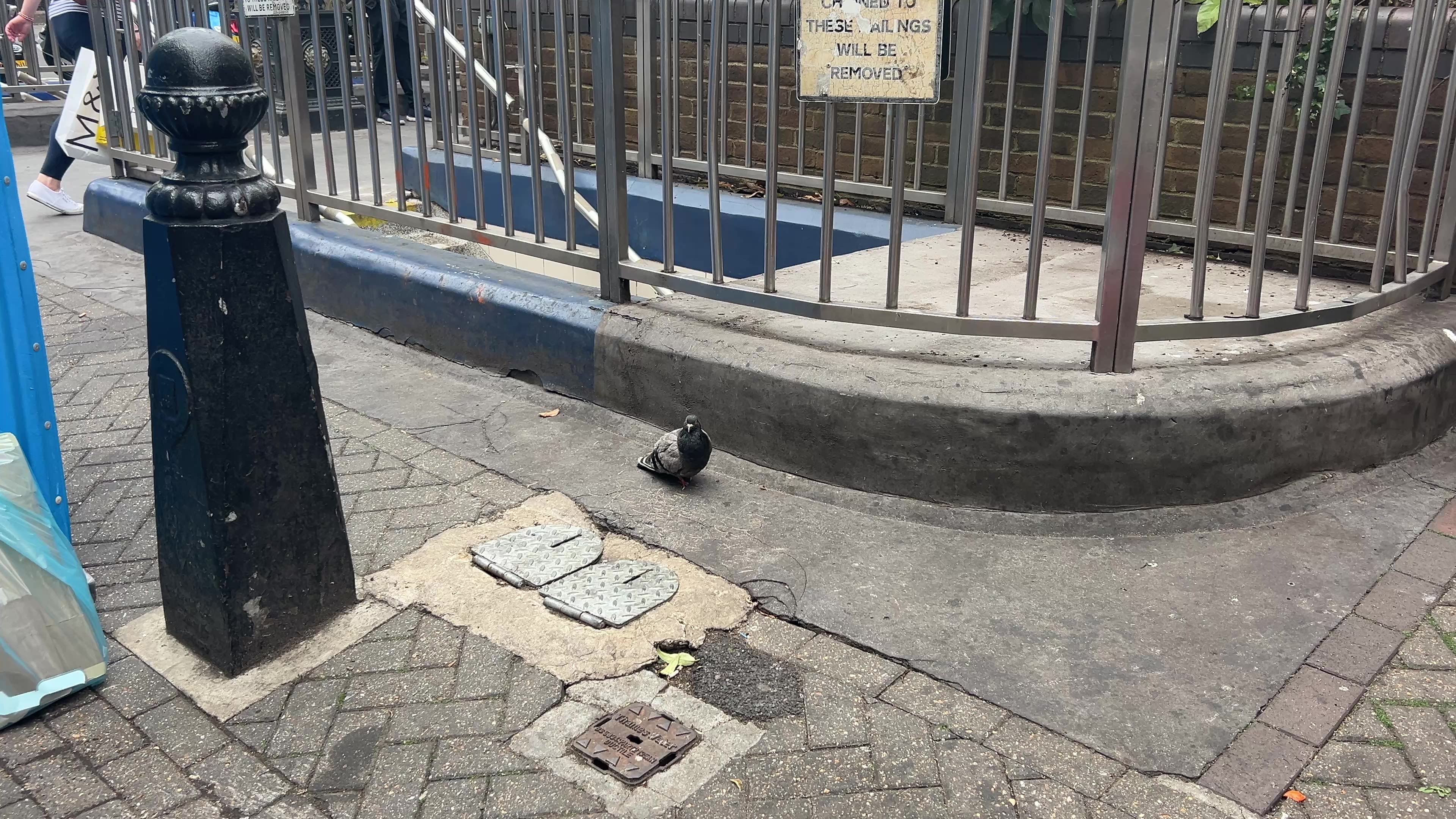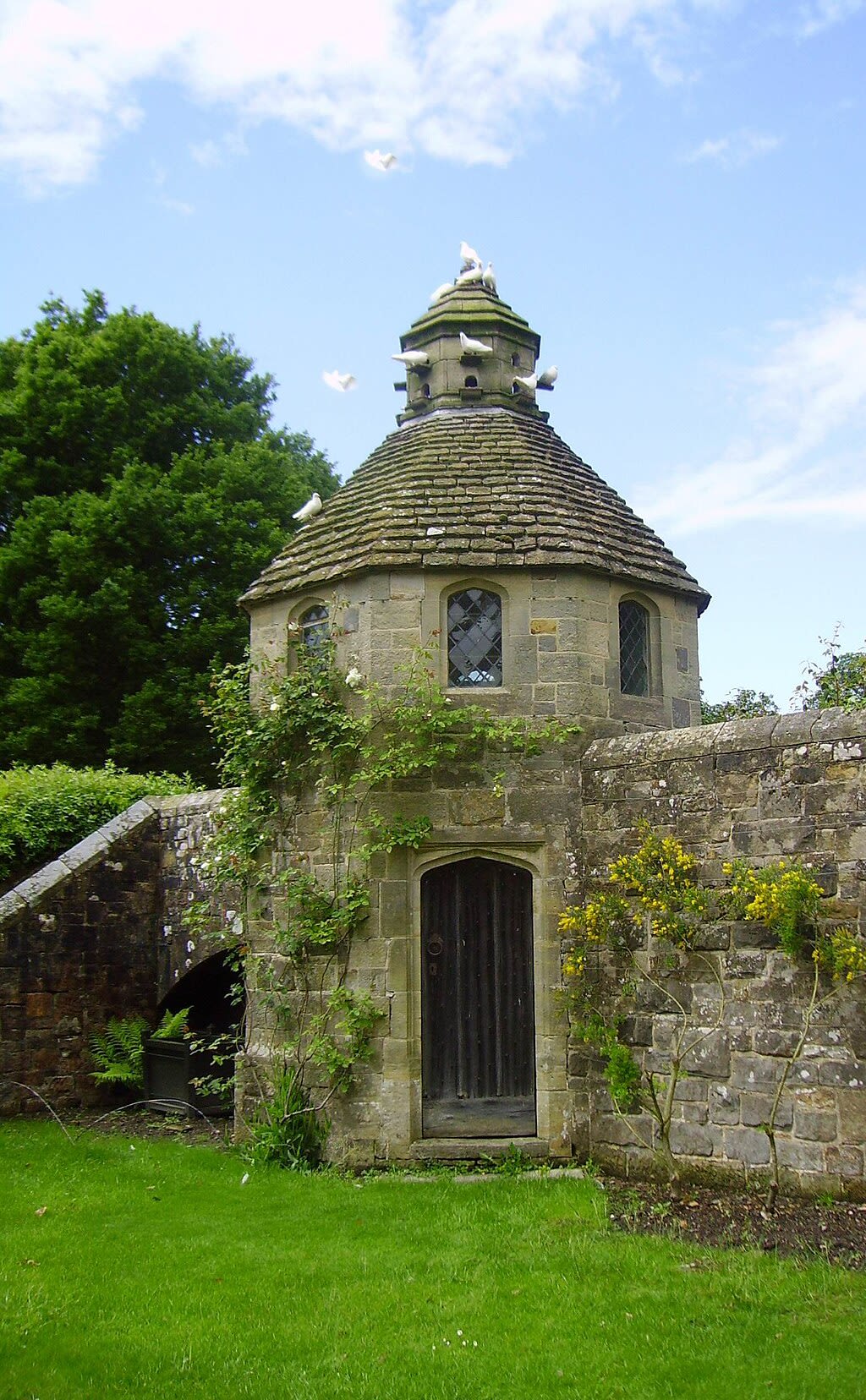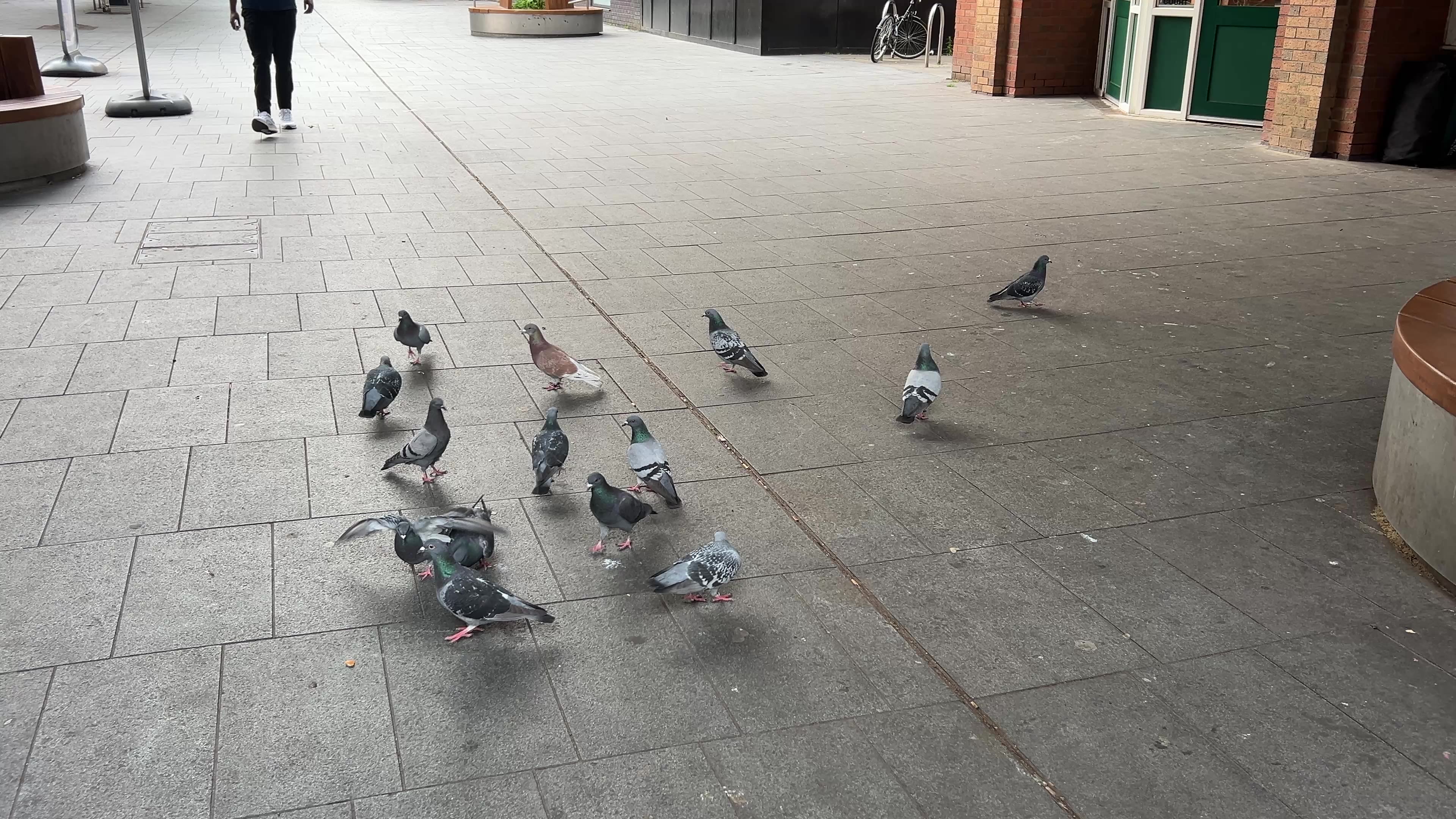Did we turn our backs on pigeons?
By Megan Thomas

Rats with wings
Rats with wings. Pests. Vermin. These are all things heard by London’s pigeons as they huddle beneath bridges and roost on top of roofs, scavenging in a city that has forgotten their legacy.
The birds are infamous for pecking at people's lunches, limping around on gammy legs and ruining statues with their droppings.
But few people know that pigeons have served humanity for over 5,000 years, acting as crucial communication before modern technology, and even saving lives during both World Wars.
Love them or loathe them, we owe pigeons more than we might think.

Where did London's pigeons come from?
Most of London's pigeons descend from rock doves, domesticated around 1,000 years ago during the Norman period.
Doves and pigeons were also kept by the aristocratic elite in beautifully crafted structures called Dovecotes. They were used for their meat, feathers and fertilising droppings – but most importantly they were symbols of status.
Some of these birds then nested in cities, giving rise to the pigeons we know today. There are now around three million pigeons across London, which is one bird for every three Londoners.
Pigeons were also domesticated for their navigational instincts, speed and endurance which made them well suited for long-distance communication. Before the advent of technology like the telegraph or radio, pigeons were the fastest way to share information. The news agency Reuters began in 1850 when Julius Reuter sent pigeons between Brussels and Aachen with news and information about the stock market.
Even during modern conflicts like both World Wars, these fast and efficient birds were utilised in situations where modern technology was deemed unreliable or impractical.

Pigeons at war
Although it is hard to calculate, an estimated 500,000 pigeons were deployed in World War I and II by the Allies. The pigeons were racing pigeons, given to the war effort by thousands of pigeon fanciers (people who race pigeons). In WWII, this was called the National Pigeon Service. These types of pigeons were bred for sport and were experienced in navigating back to their lofts over long distances. The war birds often faced harsh conditions on their missions, flying through enemy fire and sometimes being injured or killed.
The feathered crew were used to send messages across enemy lines or back to headquarters from the frontlines when other forms of communication (like radio or telegraph) were unavailable or too risky. They were also used in situations where radio communications failed, or when radio silence was essential. Although it's impossible to quantify, these missions are credited for saving many lives during both World Wars and thousands of pigeons are thought to have died in action.
In some cases, pigeons were an essential part of wartime equipment. All RAF bombers and reconnaissance aircrafts would carry pigeons in watertight containers. The containers held a bird, some bird food, rice paper and a pencil to write messages on. If forced to ditch, crews could release the birds with the aircraft’s coordinates. The pigeons flew back to their loft at a military base, often under brutal conditions, to trigger rescue operations to find the crew. In a time before GPS or satellite navigation, these messages would sometimes be an aircrew's only hope of being rescued. The messages themselves were put into small metal capsules and fastened to a pigeon's leg as seen below.
Image from Imperial War Museum archive: IWM (Q 18623)
Image from Imperial War Museum archive: IWM (Q 18623)
Pigeons were used across the armed forces in both World Wars
Image from Imperial War Museum archive: IWM (H 27049)
Image from Imperial War Museum archive: IWM (H 27049)
Carried by paratroopers
Paratroopers carried small ventilated cylindrical containers which contained a pigeon so they could release messages upon a successful landing.
Image from Imperial War Museum archive: IWM (CH 6218)
Image from Imperial War Museum archive: IWM (CH 6218)
Flew with the air force
RAF crews used pigeons to carry S.O.S messages back to base in the event of a crash.
Image from Imperial War Museum archive: IWM (Q 9247)
Image from Imperial War Museum archive: IWM (Q 9247)
Transported in tanks
Pigeons were even released from ports on the side of tanks to send messages.
There are many documented acts of avian bravery during the wars. In WWII, 32 pigeons were given the Dickin Medal for acts of valour. The medal was introduced at the height of WWII and is the animal equivalent of a Victoria Cross.
One of the best known tales of heroism is that of the American bird GI Joe, who saved over 100 Allied soldiers and countless civilian lives. On the 18th October 1943, Allied forces liberated an Italian village much earlier than expected. As they were ahead of schedule, the Allies became sitting ducks for an air attack that had been planned to subdue German forces in the village. The troops were at risk of 'friendly fire' as they were unable to transmit radio messages to call off the attack. In a last attempt to save the soldiers, a message was tied to GI Joe. The bird flew 20 miles in 20 minutes to reach the air base just as the bombers were preparing to take off.
Winkie's award
Another astonishing display of endurance came from a British pigeon named Winkie. On the 23rd February 1942, an RAF bomber crashed into the North Sea after coming under enemy fire over Norway. The plane's homing pigeon, Winkie, escaped from her container and flew for 120 miles in extremely bad weather. She appeared in her loft near Dundee exhausted and covered in oil. The four stranded airmen were rescued from freezing waters thanks to her timely arrival, which alerted rescue teams to their location.
Image from Imperial War Museum archive: IWM (HU 45623)
Image from Imperial War Museum archive: IWM (HU 45623)
The Beaufort Squadron
The four rescued airmen of the RAF posed for a picture with Winkie the pigeon after they were rescued.
As well as receiving the Dickin Medal, a bronze plaque was presented to Winkie by a Beaufort Squadron member. The plaque was designed and made by an armourer of the squadron.
How did pigeons find their way?
CEO of the Royal Pigeon Racing Association, Chris Sutton explained:
"A pigeon is never, ever lost, never lost. We pigeon fanciers tend to think that when a baby pigeon sees outside, is when it imprints its location, and it will always return to that same location. But thats not strictly true, because during the war, the lofts were on the back of lorries and they would follow the soldiers into the front line. The pigeons would be liberated or let go to fly around, exercised around the loft, or given to a soldier who would take it off to the front line. When that soldier needed to send a message back, that loft could have moved, and the pigeon would look for it and find it.
So people say to me, how do pigeons find their way back? We perceive the world with five senses. We can't comprehend what pigeons are using, or birds, for that matter, it could have 10 or 789 senses that we just don't know about, but they can find their way anywhere. And I tend to think of it like they're stamping a postcode. The pigeon's postcode of where it's associated something and it can go back"
Listen to Chris explain how pigeons were used in WWII below:
Listen to Chris Sutton discuss how pigeons were used in WWII.
These small but remarkable birds have lived beside humans for over 5,000 years. As well as providing meat and plumage, pigeons gave humanity a fast and reliable method of communication.
Today, pigeons are often overlooked and mistreated, even though at times they carried the weight of people's lives on their wings. Although they try to steal lunches and leave droppings across the city, perhaps it's time to give pigeons more than just our crumbs.

Want to find out more about this topic? With exhibitions spanning everything from the trenches of the First World War to technology in the present day, Imperial War Museums bring history to life through objects, testimonies, and immersive displays. You can hear more about the incredible story of Winkie the Pigeon others in the Animals and War Big Picture Show at IWM North. You can plan your visit to one of their five branches here.





